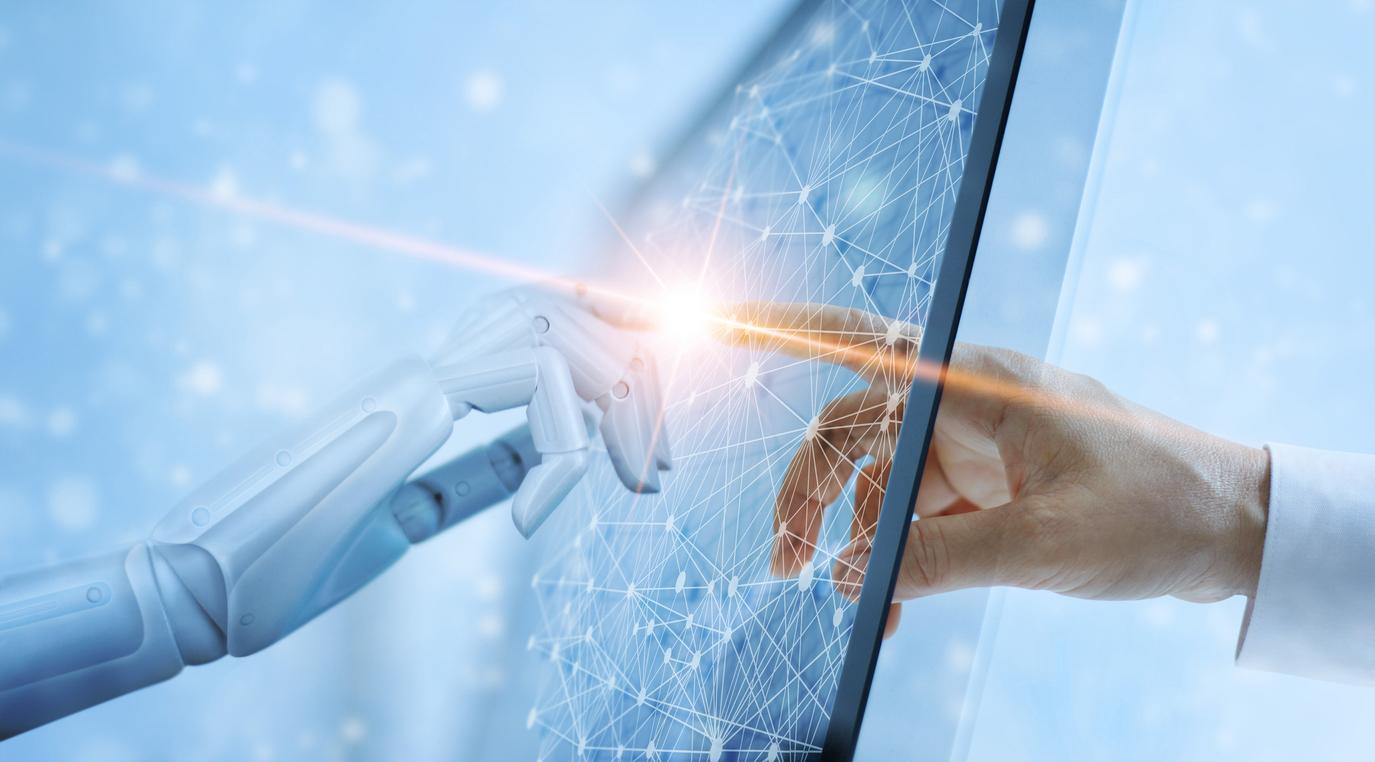While radiologists and emergency physicians are overwhelmed, new artificial intelligence can help them manage fractures.

- The number of fractures has been constantly increasing in recent years (10% every ten years in France).
- The main reason is the aging of the population.
According to a new study published in Radiologythe new BoneView® artificial intelligence system can be of great help to emergency physicians and radiologists when diagnosing fractures.
30% reduction in the rate of undetected fractures
“We are delighted and proud of the publication in “Radiology” of our ambitious clinical study with BoneView®, the results of which are unequivocal on the advantages of the cross-view between artificial intelligence and the practitioner: 30% reduction in the rate of undetected fractures, while reducing X-ray reading time by 15%, on examinations selected for their difficulty, i.e. with so-called non-obvious fractures”, welcomes Christian Allouche, co-founder of GLEAMER. He adds : “in 10 years, the number of examination results to be analyzed by radiologists has doubled, while the number of radiologists has increased by only 20%”.
Prior to the start of the study, the BoneView® AI system was trained on 60,170 x-rays obtained from trauma patients. Then, between 2016 and 2018, 600 adults in whom x-rays had been obtained after a recent trauma (with or without one or more fractures of the shoulder, arm, hand, pelvis, leg or foot) were then included in a cohort . Six radiologists and six emergency physicians were then asked to detect and locate the fractures with and without the aid of the BoneView® software. Sensitivity, specificity and reading times with and without help were compared after calculating the average performance of each reader.
Reduced the average number of false positives per fracture-free patient by 42%
Conclusion: the help of artificial intelligence improved the sensitivity of doctors by 12% for single fractures and by 22% for patients with several fractures. Artificial intelligence also reduced the average number of false positives per fracture-free patient by 42%.
“In conclusion, the help of artificial intelligence improves the diagnostic performance of radiologists and emergency physicians, which will allow better management of patients from their first imaging examination”, believes GLEAMER. “Among the expected consequences, the help of artificial intelligence should make it possible to improve the specificity of the additional examinations prescribed at the end of the X-ray, to avoid delays in treatment and to put patients in the right therapeutic sector”, concludes the French company.

.















